
Lot 133
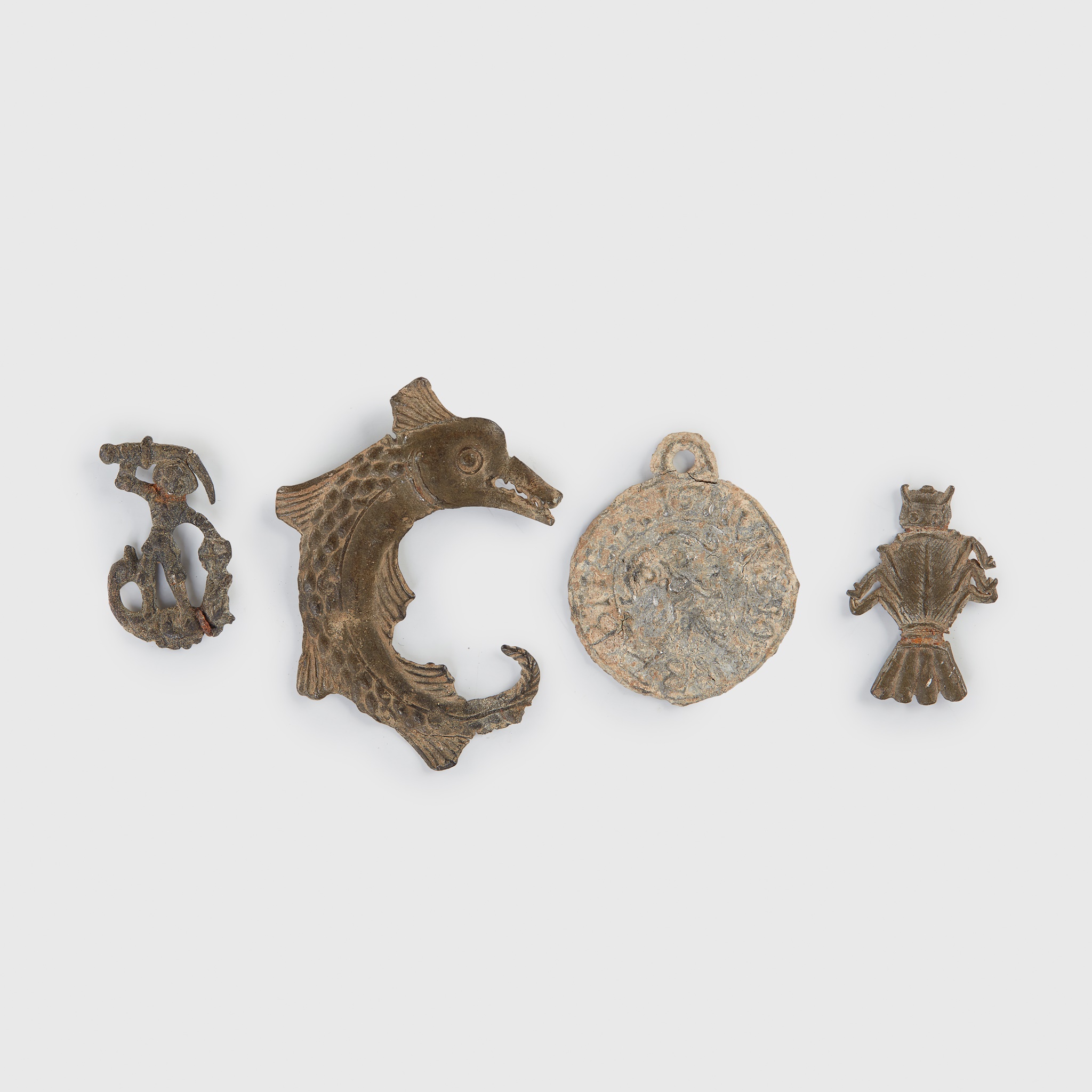
FOUR PEWTER PILGRIM BADGES
FRANCE, 14TH - 15TH CENTURY A.D.
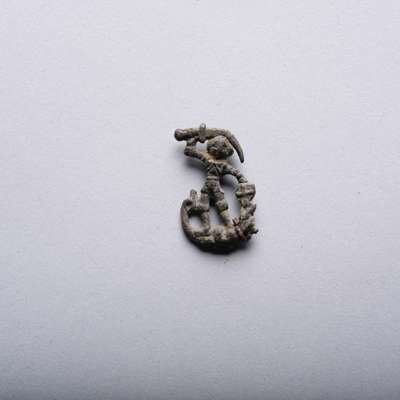
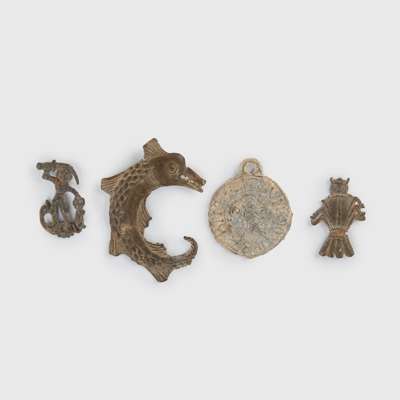
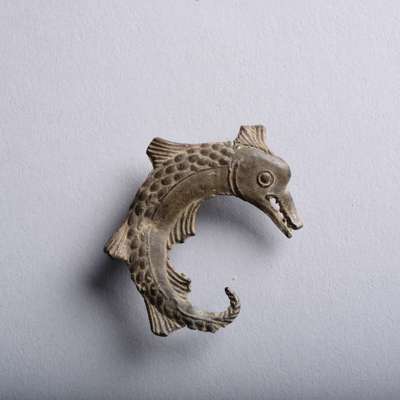
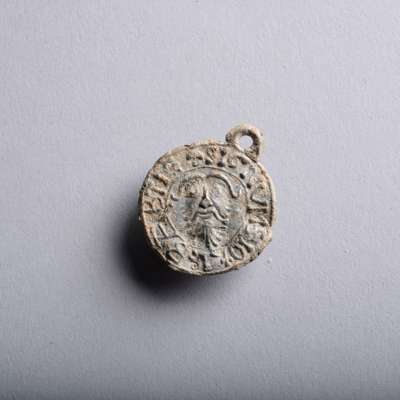
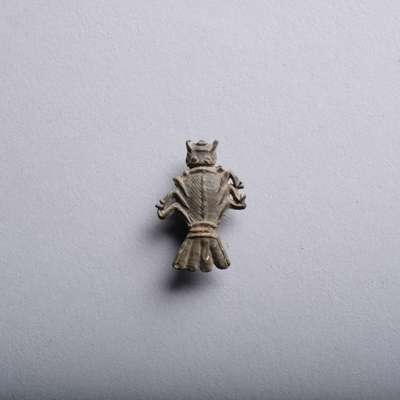


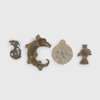
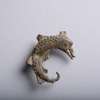
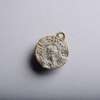
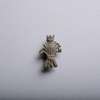
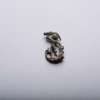
African & Oceanic Art, Antiquities and Natural History
Auction: 24 November 2021 at 10:00 GMT
Description
hammered pewter, the first a circular badge of St John the Baptist, his servered head depicted on the circular plate with small loop for attachment at the top; a small badge of the Archangel Michael, shown fully armored and holding a sword above his head having bested Satan in personal combat; the third badge in the form of a bee, possibly referencing Saint Ambrose; the final badge in the form of a dolphin, a secular piece likely worn by a follower of the French Dauphiné Charles V (4)
Dimensions
tallest 4.5cm high
Footnote
Provenance:
Former Forgeais (1822-1878) collection, France, thence by family descent.
Arthur Forgeais was a noted 19th century French archaeologist. Born in 1822 in the city of Paris, Forgeais held a special interest and specialism in the medieval history of his home city. When, in the mid-19th century the Seine was dredged during Haussmann's renovation of the city, the scholar worked to recover a great number of archaeological remains from the silts of the river. He subsequently published his findings in the five-volume title Collection of Historiated Leads Found in the Seine and Collected by Arthur Forgeais (published 1862-1866). The present collection of pewter pilgrim badges, all French in origin, are likely to have been recovered at this time.
Note:
Pilgrim badges were worn by medieval pilgrims as evidence of their journey to a shrine. The badges were sold outside the entrance to a holy site, typically formed of hammered pewter, they would often take the form of the particular saint being venerated. They were worn in the hat, to mark the wearer out as someone of devotion, who would require hospitality on their journey. The vast number found in watercourses suggests they were thrown into rivers upon the completion of the journey as thanks or offerings.











